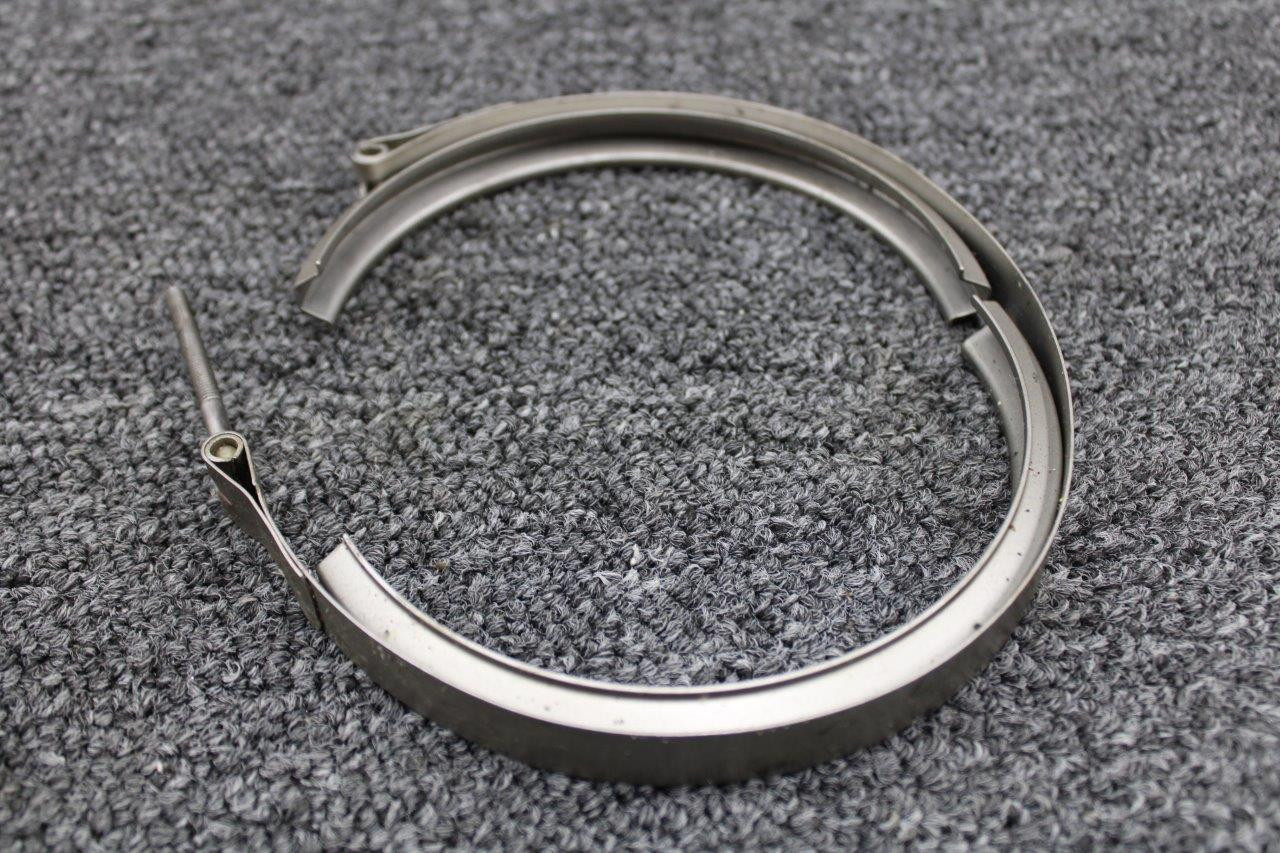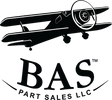The FAA Issues an AD to Amend July 2022's 14 CFR Part 39
Posted by BAS | Aircraft Salvage Experts on Jun 16th 2023
The FAA has published an Airworthiness Directive to amend a previous NPRM issued on 27th July 2022. The AD was issued on June 12th, 2023 to amend a specific section of the Federal Regulations (14 CFR part 39).
Spot-Welded, Multi-segmented V-Band Coupling Bears the Issue
The AD focuses on aircraft driven by reciprocating turbocharged engines and turbocharged engines with a particular kind of v-band connection. The v-band coupling or connection is a significant component of the aircraft that links the tailpipe and the housing flange of the turbocharger exhaust.
The AD aims to address the increased failure of spot-welded, multi-segmented v-band connections from the exhaust housing flange of the turbocharger to the tailpipe. These deficiencies have been credited as the causes of serious incidents and accidents on numerous aircraft since the 1970s, causing a major safety concern across decades.

The incidents and accidents have been analyzed in detail by the National Transportation Safety Board (NTSB) over the years. Investigations have led to the issuance of seven safety recommendations by the organization. The FAA has issued 20 ADs regarding the same safety concern on the v-band couplings to reinforce the safety standards.
An NPRM issued in July 2022 directed new maintenance procedures on the subject aircraft, including establishing a duration for the operation of the spot-welded, multi-segmented exhaust tailpipe v-band coupling. The NPRM indicated that the elements needed to be replaced after predetermined operating hours. The FAA also encouraged continuous monitoring of the coupling during routine aircraft maintenance procedures. This attention to the coupling ensures the aircraft is airworthy before the element's replacement time is reached.
Proposed Solutions to the Failures
Despite attempts by the FAA and NTSB to bring attention to the problem, the number of subject failures has steadily increased. For this reason, the General Aviation Joint Steering Committee (GA-JSC) organized a working group to research v-band coupling issues in turbocharged reciprocating engine-powered aircraft. They are also responsible for offering possible permanent solutions to the challenge. GA-JSC comprises individuals from the FAA and the aviation sector, making its investigations and conclusions credible.
To lessen the burden on the owner/operators, the working group developed necessary repair steps customized to each type of connection (spot-welded, riveted or one piece). These requirements included mandating annual examinations and setting a coupling's life limit for each element's replacement.
Along with the obligatory activities, the working GA-JSC group suggested additional non-compulsory actions to instruct maintenance staff on suitable techniques for replacing and monitoring v-band couplings.
Suggestions for new designs using the knowledge from studying the affected fleet were also presented. For designs with a v-band coupling downstream of the turbocharger exhaust discharge, they recommended adding replacement intervals (500 hours for spot-welded couplings and 2,000 hours for riveted and single-piece couplings) to the Airworthiness Limitations sections of the maintenance manuals.
Most of the occurrences the team examined showed that stress corrosion cracking close to the spot welds caused fatigue failure of multi-segment exhaust tailpipe v-band connections. The earlier reported v-band coupling AD activities discovered a similarly dangerous situation. The research group's data analysis also found indications of pre-existing coupling cracking. Embrittlement at the spot weld areas was found as a result of the manufacturing press. Exterior band curvatures on the multi-segment couplings were found due to aging, abuse and possibly over-torquing.

After evaluating the final report's recommendations, the FAA concluded that spot-welded, multi-segment v-band couplings on turbocharged reciprocating engine-powered aircraft are hazardous. Due to numerous design approval holders' widespread usage of these couplings on various engines and aircraft types, proposing a single AD involves many sections of Aircraft Certification Offices.
The FAA deemed the final report's remedial recommendations sufficient to solve the hazardous issue. Leaving the risk untouched might result in the spot-welded, multi-segment exhaust tailpipe v-band connection failing, which would cause the exhaust tailpipe to separate from the turbocharger, a perfect recipe for disaster.
Potential results of ignoring the hazard are smoke in the cockpit, a mid-flight fire and losing control of the aircraft. The coupling failure might allow high-temperature exhaust gasses to reach the engine compartment. The FAA issued the AD as notification of the means to avoid this situation.
Bottomline
One of the main pillars of aviation is safety. Regarding this pillar, the FAA issued an airworthiness directive to amend a previous NPRM on airplanes and helicopters driven by reciprocating turbocharged engines. This AD follows an increased failure of spot-welded, multi-segmented v-band connections from the exhaust housing flange of the turbocharger to the tailpipe safety concern has been present since the mid-1970s, prompting the FAA and the NTSB to give safety recommendations in efforts to curb this hazard.

